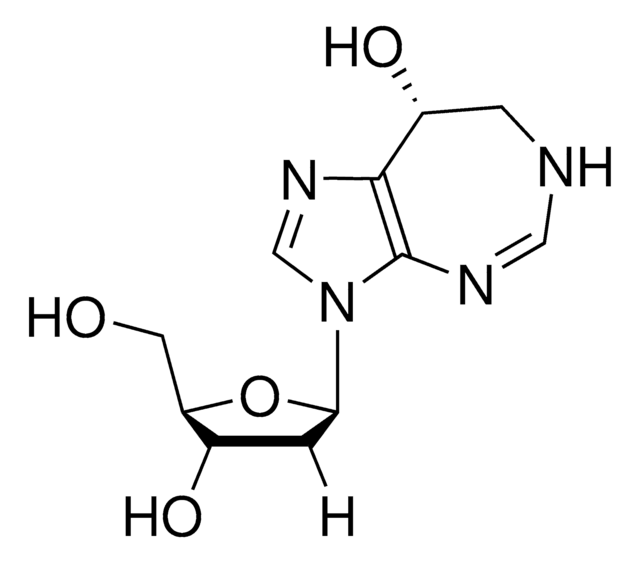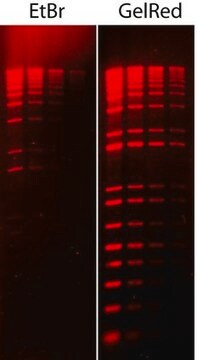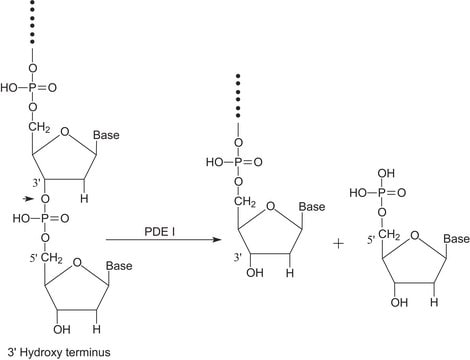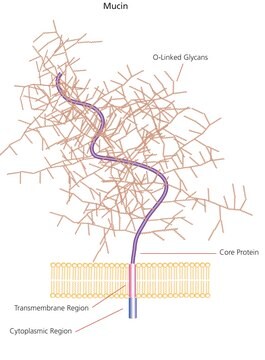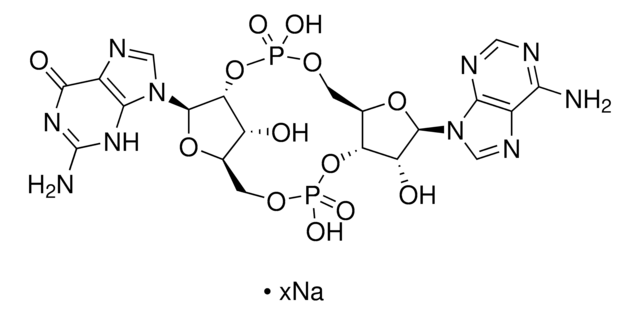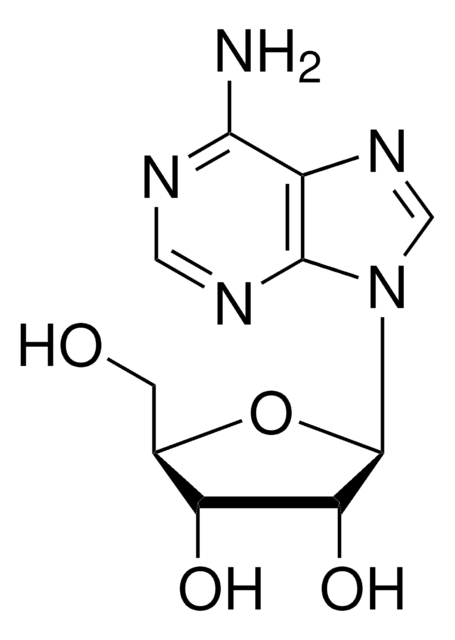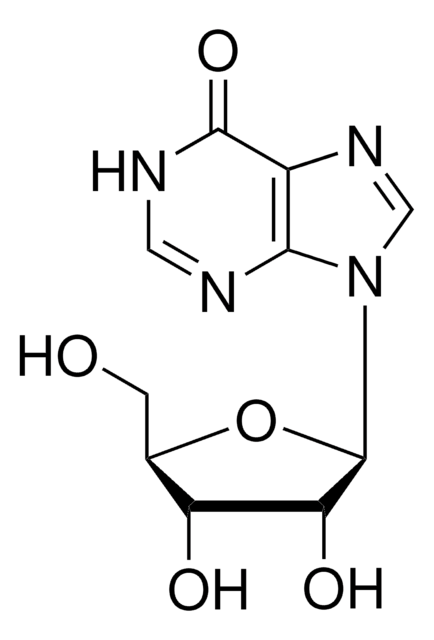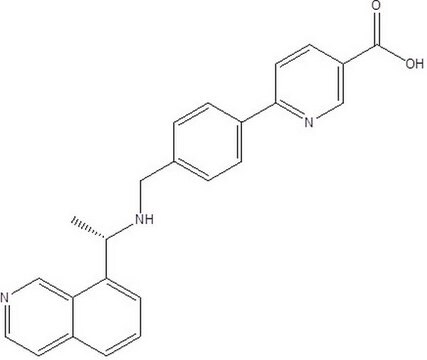Kluczowe dokumenty
SML0508
Pentostatin
≥95% (HPLC)
Synonim(y):
(8R)-3-(2-Deoxy-β-D-erythro-pentofuranosyl)-3,4,7,8-tetrahydroimidazo[4,5-d][1,3]diazepin-8-ol, 2′-dCF, DCF, Deoxycoformycin
About This Item
Polecane produkty
Poziom jakości
Próba
≥95% (HPLC)
Formularz
powder
aktywność optyczna
[α]/D +70 to +80°, c = 1 in H2O
warunki przechowywania
desiccated
kolor
white to beige
rozpuszczalność
H2O: 10 mg/mL, clear
Warunki transportu
wet ice
temp. przechowywania
−20°C
ciąg SMILES
OC[C@H]1O[C@H](C[C@@H]1O)n2cnc3[C@H](O)CN=CNc23
InChI
1S/C11H16N4O4/c16-3-8-6(17)1-9(19-8)15-5-14-10-7(18)2-12-4-13-11(10)15/h4-9,16-18H,1-3H2,(H,12,13)/t6-,7+,8+,9+/m0/s1
Klucz InChI
FPVKHBSQESCIEP-JQCXWYLXSA-N
informacje o genach
human ... ADA(100)
Zastosowanie
Działania biochem./fizjol.
Cechy i korzyści
Inne uwagi
Hasło ostrzegawcze
Danger
Zwroty wskazujące rodzaj zagrożenia
Zwroty wskazujące środki ostrożności
Klasyfikacja zagrożeń
Acute Tox. 3 Oral
Kod klasy składowania
6.1C - Combustible acute toxic Cat.3 / toxic compounds or compounds which causing chronic effects
Klasa zagrożenia wodnego (WGK)
WGK 3
Temperatura zapłonu (°F)
Not applicable
Temperatura zapłonu (°C)
Not applicable
Wybierz jedną z najnowszych wersji:
Certyfikaty analizy (CoA)
Nie widzisz odpowiedniej wersji?
Jeśli potrzebujesz konkretnej wersji, możesz wyszukać konkretny certyfikat według numeru partii lub serii.
Masz już ten produkt?
Dokumenty związane z niedawno zakupionymi produktami zostały zamieszczone w Bibliotece dokumentów.
Klienci oglądali również te produkty
Produkty
We offers many products related to adenosine receptors for your research needs.
Nasz zespół naukowców ma doświadczenie we wszystkich obszarach badań, w tym w naukach przyrodniczych, materiałoznawstwie, syntezie chemicznej, chromatografii, analityce i wielu innych dziedzinach.
Skontaktuj się z zespołem ds. pomocy technicznej